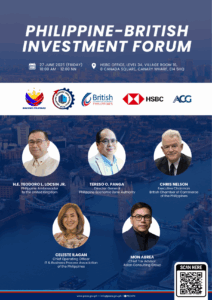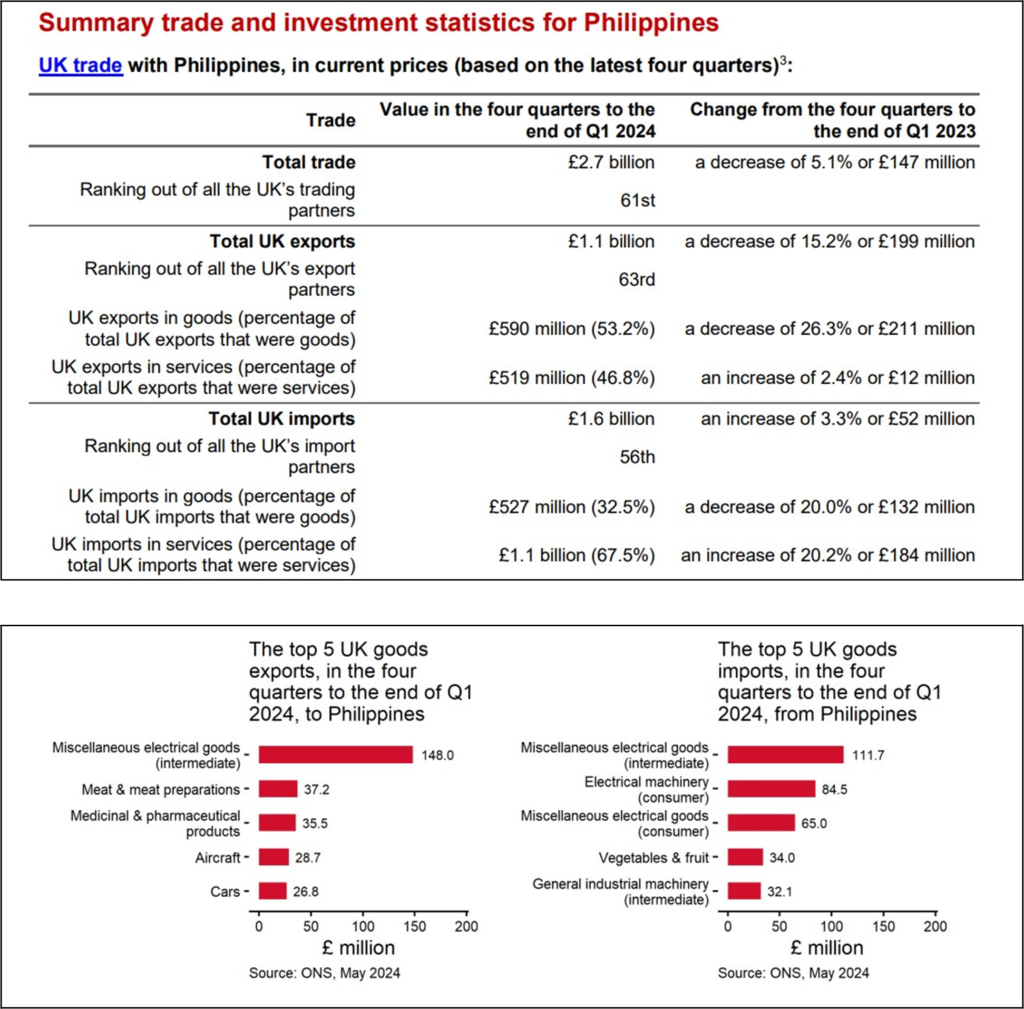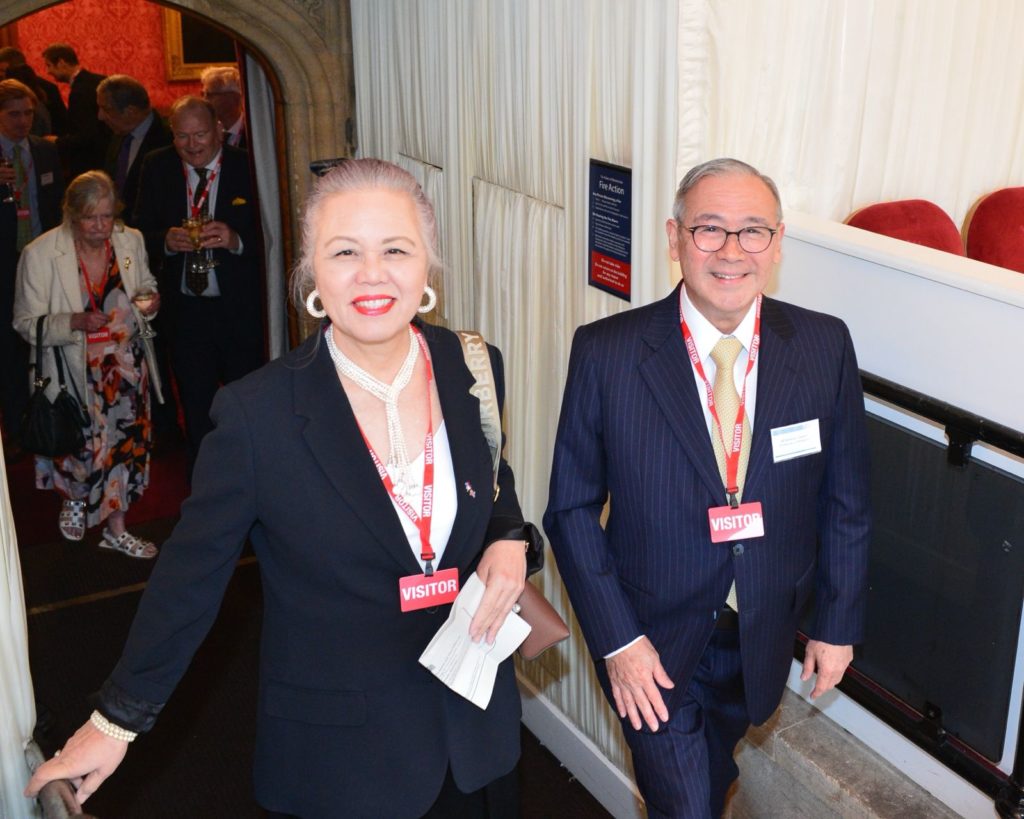A Smart Cities, Smart Living (Multi Sector) Mission to the Philippines is being organised for December 2012 by UKTI and West Midlands Chamber of Commerce. The mission will also call in on Singapore and Malyasia.
Visit South East Asia to pursue massive business opportunities in the development of ‘Smart Cities’!
The massive ‘Smart Cities’ urban development programmes of South East Asia including the Philippines are seeing annual investment levels of billions of pounds. UK technology companies have the capabilities and technological developments needed to take advantage of these opportunities.
UKTI is offering you the chance to discover new markets with massive opportunities for new and unique technologies in the Built Environment, Energy, Health and Digital sectors. Our ‘Smart Cities, Smart Living Mission’, which will be lead by a government minister, will visit Singapore, Malaysia and the Philippines from 3-7 December to explore these opportunities! This mission will be the start of a three year programme of activity.
Singapore, Malaysia and the Philippines are actively seeking collaboration with UK companies in the following sectors:
- · Built Environment (building management and green technology)
- · Energy (smart grids and meters)
- · Health (telehealth and Assisted Living)
- · Digital (broadband and E-education)
Mission Dates: 03/12/2012 – 07/12/2012
Registration Open: 30/10/2012
Registration Cut Off: 03/12/2012
Event Organiser: UKTI West Midlands
Location: Singapore, Malaysia and Philippines, Singapore
Main Contact: Patrick McCarron
Tel: 02077000008
Email: p.mccarron@wmchambers.co.uk
For flights, hotels and tourist spots in the Philippines information, please see relevant pages










Recent Comments